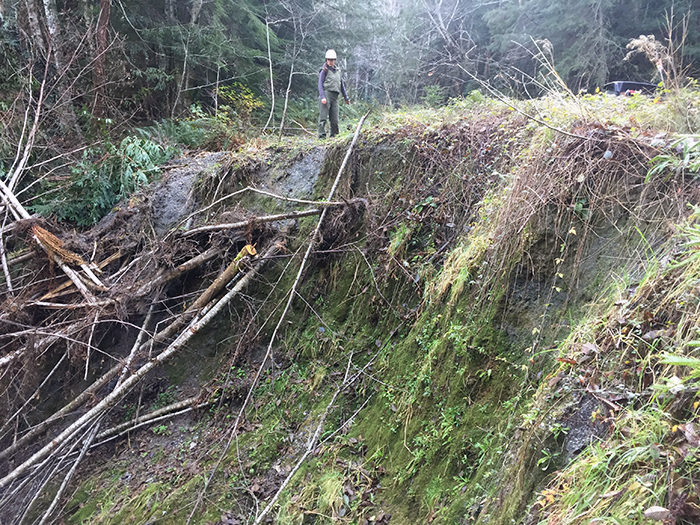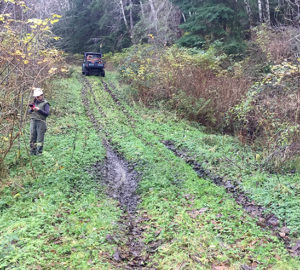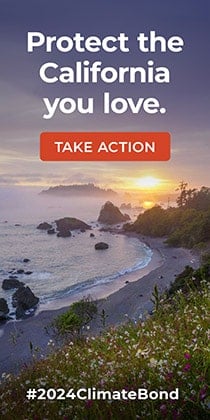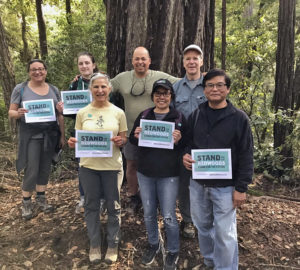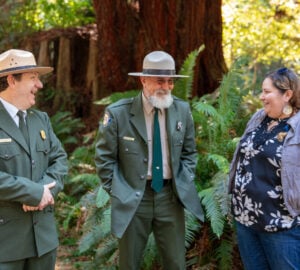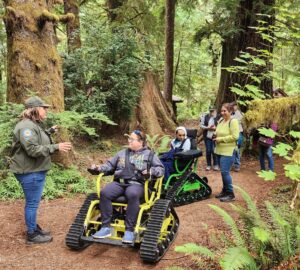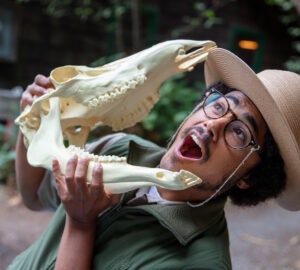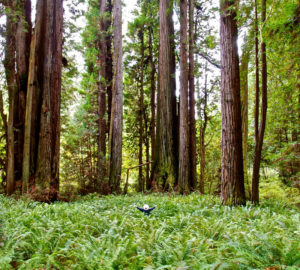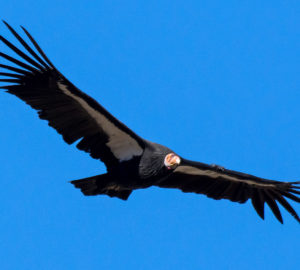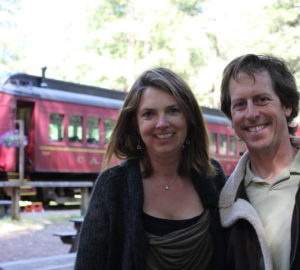Now, it’s their job to patrol Redwood National Park and collect data on the many roads that snake through the forest. Below most roads are culverts, which direct naturally flowing water underneath the road, instead of over it. After a major storm, streams have a tendency to erode these underground waterways, degrading sediment and sometimes knocking out entire sections of the road.
It’s Parsons and Mcguire’s job to inspect culverts and other drainage structures before they break, to gather baseline data on whether they risk failing. “We can give them a classification,” says Mcguire. “They’re either failing, doing alright, or have a potential to fail.” If major infrastructure seems at risk for giving out, the storm crew alerts park management, so that they can include the costly fix into next year’s budget. In less severe cases, Parsons and Mcguire can do the repairs themselves.
Last year’s extreme rainfall led to a huge culvert blowout, which destroyed a road that provided access to a large section of the park. This year is the first time Redwood National Park has a dedicated storm patrol crew, and it’s partly to avoid other large-scale disasters.
The crew enjoys visiting untouched areas of the park, like the “legacy” roads, which are vestiges of historic logging operations. These roads wind through remote areas of the park, places where staff rarely visit. When loggers built certain roads, they applied makeshift solutions, like laying down logs, to divert water. It means these roads can be particularly vulnerable to erosion.
As Parsons and Mcguire continue to collect data, they compile it into an online mobile app called Avenza. The two hope that their data will become easily accessible for all park staff, who rely on road safety to do their jobs. And soon, the fruits of their labor will help anyone who visits Redwood National Park and wants to know the road conditions. “In a couple months,” says Parsons, “you can go online and check out our work.”
Thanks to Parsons and Mcguire’s work this winter, Redwood National Park can fight erosion and win.
Learn more about the Redwood National and State Parks area and plan your next visit on ExploreRedwoods.org.
